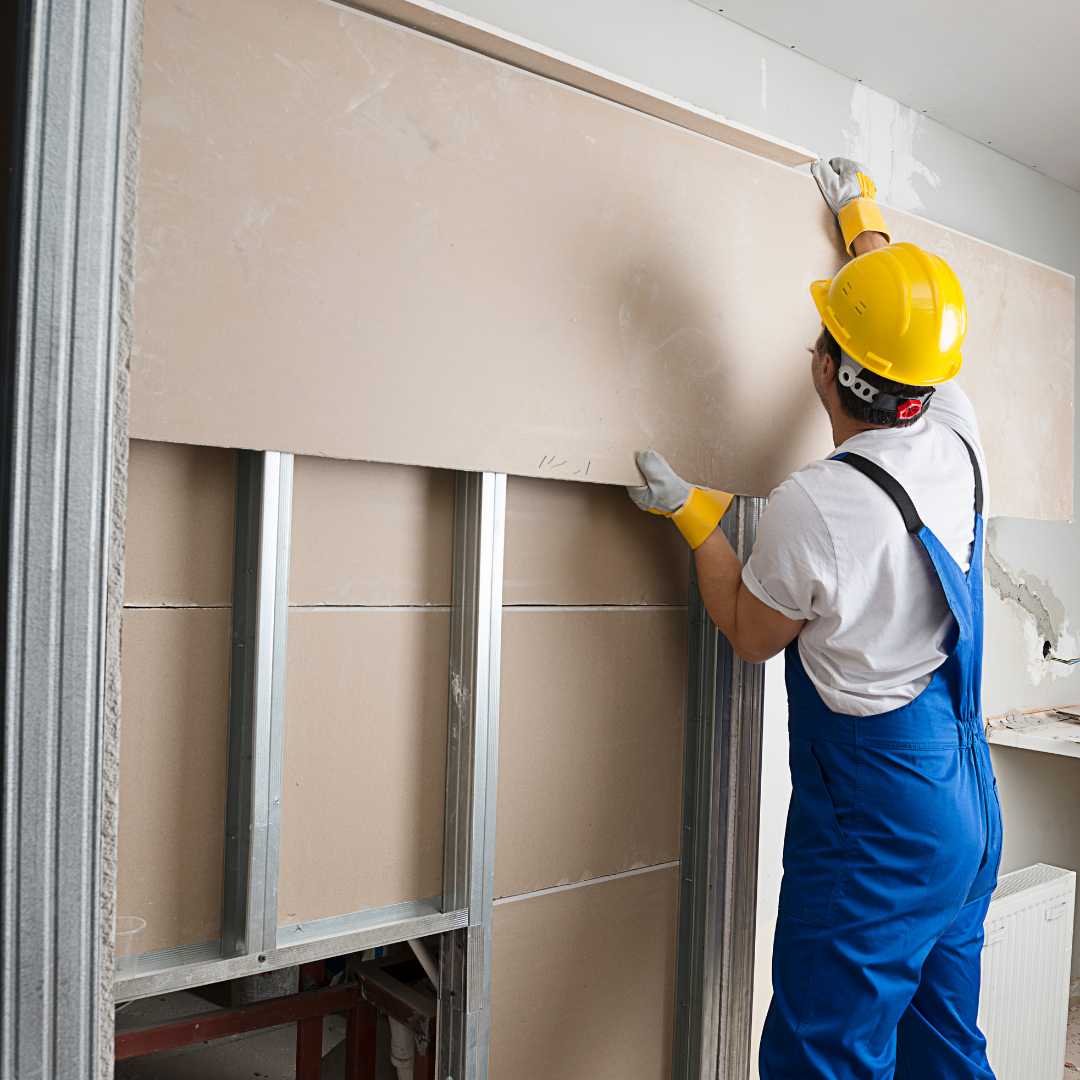
What To Know When Installing Drywall
One of the fastest-growing building materials in the world is also one of the most misunderstood. Depending on where you live, there are two main uses for drywall-as a wall covering or building material. Drywall can be used for both interior and exterior walls.
Drywall is used to seal and waterproof walls, ceilings, and floors. It is poured into place in sheets, after which it is shaped or textured to create the desired finished look. The material is either flat or textured and mitered to give a more finished look.
This kind of material is generally easier to work with than its cousin plaster since it doesn’t require sanding and can also be used to repair damaged plaster. Drywall is also often used in ceilings, where there is a lot of detail and curves, and as a finishing material over a rough plastered surface.
It is a type of wallboard that’s manufactured by blending gypsum, anhydrous lime, and water. In the manufacturing process, the gypsum and lime are mixed with water in a large vat; then, the mixture is poured through a screen to remove any lumps or foreign substances. The gypsum/lime mixture is then dried, then it is cut into pieces and shipped to the job site, where it is installed.
Drywall is made of cement that’s mixed with sand and is typically painted and stained before installation. With this type of construction, drywall is mostly used in the construction of new buildings because it’s easy to install and doesn’t require special tools for installation.
Although understanding drywall installation and repair isn’t always easy. Thus, hiring professionals from refinishing companies like Georgia Home Remodeling or similar ones near you could be a wise decision. That way, you can be sure that the remodeling job will be done accurately. Drywall is a great way to help with interior remodeling, but it is important to understand how it works and how to use it safely. It is important to understand how to install drywall, remove it, and apply it.
Drywall is a versatile building material that can be used to construct walls, ceilings, and floors. However, different types of drywalls require different types of installation. With this in mind, you need to know what type of drywall you’re installing and how to install it correctly.
Here’s more information about installing drywall:
- There’s a lot to consider when it comes to framing your new home for the first time. Additionally, you might also have to keep the window placements in mind when framing. On top of that, you may have to pay attention to the shape of the windows. For example, if you have a few round windows in a house, then the drywall must be framed accordingly. Also, it’s important to remember that every wall has two sides: the horizontal or top side and the vertical or bottom side. To install drywall, you must first visualize both of these sides and select the proper one for the intended use of your home.
The wall studs you buy may not be appropriate for your situation. If your walls are older, they may be designed for the way they were erected decades ago. If the home was built recently, modern studs might not be ideal.
- When installing drywall, you need to know where the stud is located to locate the correct stud location key. Stud locations are different for every house, depending on the structure, size, and type of stud, and there are over 500 common variations. The best way to determine stud location is to use a stud location key like the StudLocator, which determines the location of each stud in your house and gives you a sample of a stud location for each of the common variations.
- The key to completing builds and renovations with drywall is to start with the ceiling. So it may be a good idea to check for roof leaks or moisture on the walls, and to hire roofing companies in Denver, CO, or in your area to fix the problem. You see, drywall panels are installed either horizontal or vertical. The way the panels are set up determines how they look. In the case of a horizontal drywall installation, the seams of the drywall sheets will be on the ceiling when the ceiling is being covered.
- If there’s one thing that will give you a headache when you’re doing drywall, it’d be not knowing the correct temperature and humidity levels at which you can safely install drywall. This is worth researching before you start any project.
Most drywall installation manuals will recommend installing the drywall after the temperature and humidity of your area have both reached the recommended range. The reason for this is that your drywall will be more durable and hold up to moisture if it is installed at the proper temperature and humidity. And if you end up installing the new drywall then the humidity is very high, and you could face mold spores infestation after a few years since too much moisture might promote mold growth. At that time, you may have to hire a mold removal expert after going through company reviews such as Mold Busters Montreal reviews for quality services. So, when installing drywall follow technical necessities including moisture level, temperature, and humidity.
After going through all the above-mentions information about drywall and installation, you can start your project as a DIY, or you can hire a professional who could have expertise in it.
